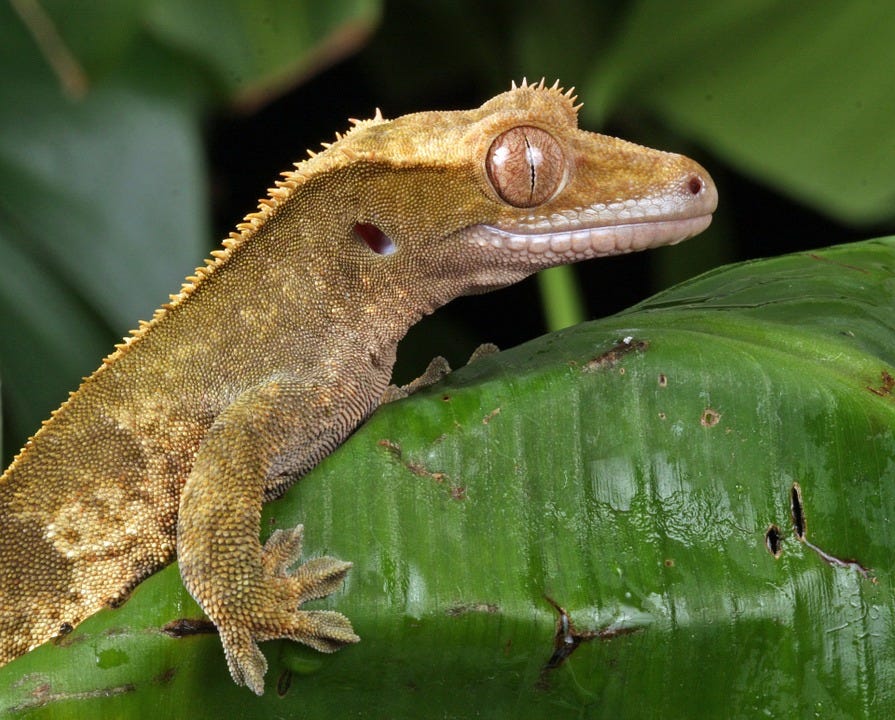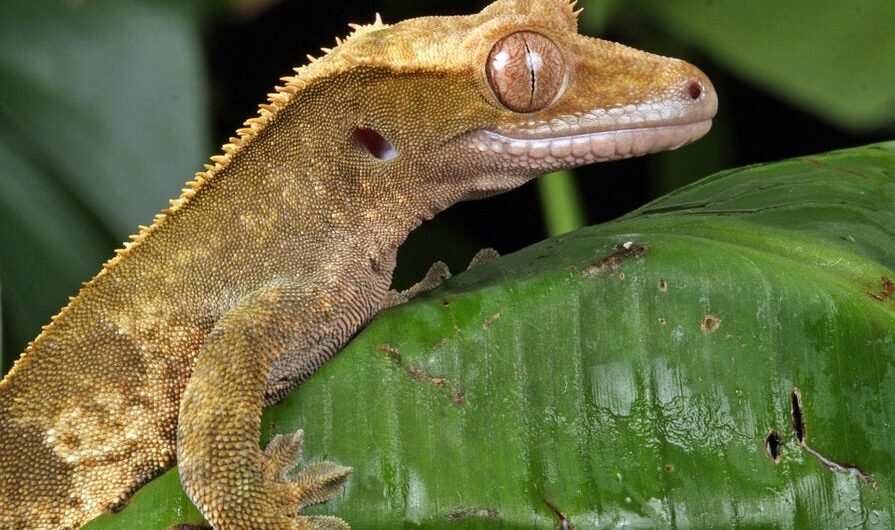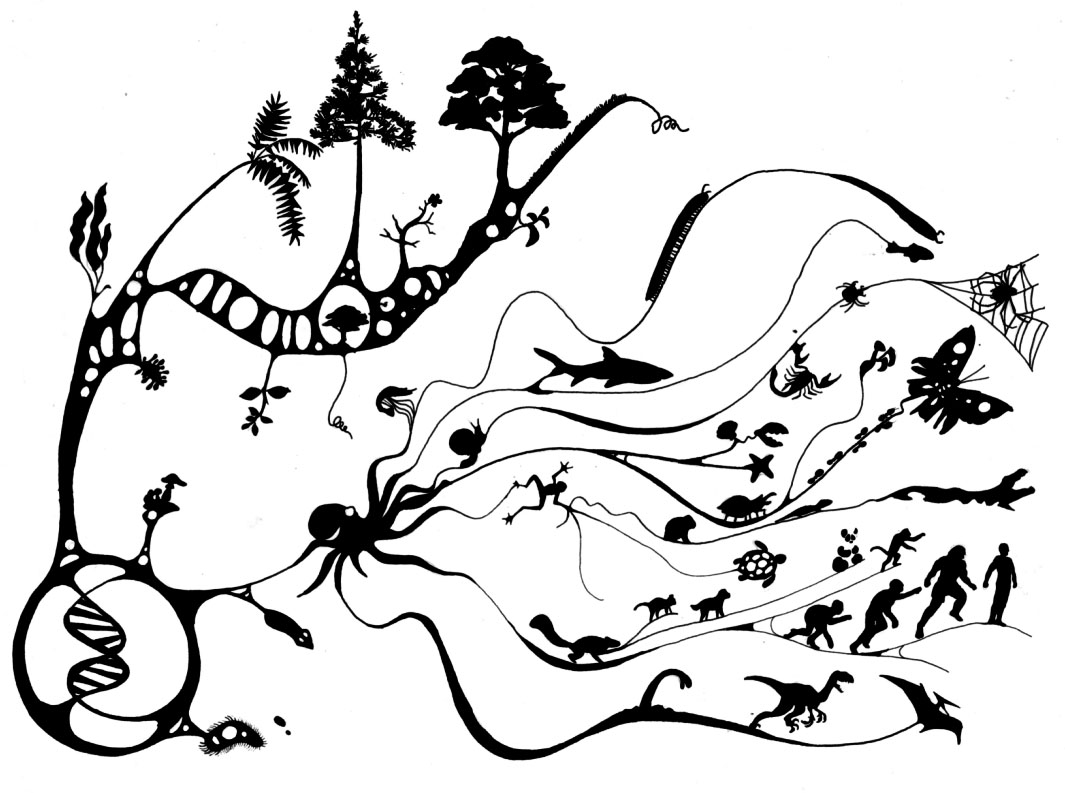PLATYPUS
Written by: Hoithem L., Staff Writer
Platypuses are one of nature’s most interesting creations, and are well-known for possessing unique features and abilities (One of them NOT being a secret agent walking on its two feet, unlike Perry the Platypus from Phineas and Ferb).
There is one unexpected, and somewhat unknown adaptation that platypuses have: electroreception. This trait allows them to sense prey underwater by using electrical impulses to locate objects in the deepest and darkest waters. Hence, it is sometimes referred to as their “electrical sixth sense”.
How do they hunt? A beak-like structure called a bill detects movements and subtle electric fields produced by its prey for them with its three distinct receptor cells. By collecting and combining flows of sensory information, specifically electrical signals, they are able to locate its direction and distance.
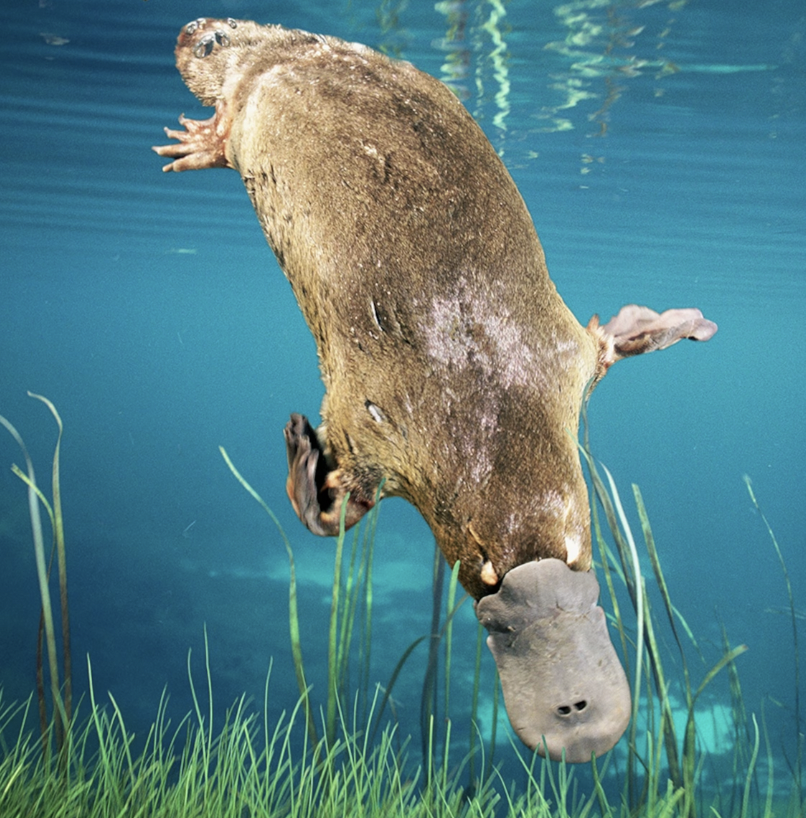
PEACOCK BUTTERFLY
Written by: Ivory Fong, Staff Writer
Aglais io, commonly known as the peacock butterfly, gets its name from its eye-catching wing patterns that resemble the feathers of a peacock. However, their stunning patterns are life-savers…literally. When threatened by predators, the peacock butterfly rapidly exposes their colourful wings and blue “eyespot” patterns to flash their predators, scaring them away. These eyespots are situated on the edge of their wings, confusing predators such as birds to attack the bright coloured ‘eyes’, and allowing the butterfly’s main body to remain unscathed while they escape. The underside of their wings also resemble leaf litter on the forest floor, allowing them to be camouflaged from predators when their wings are folded up. So next time you take a stroll in Stanmer park, watch your step, these hidden beauties might just be hiding among the leaves.
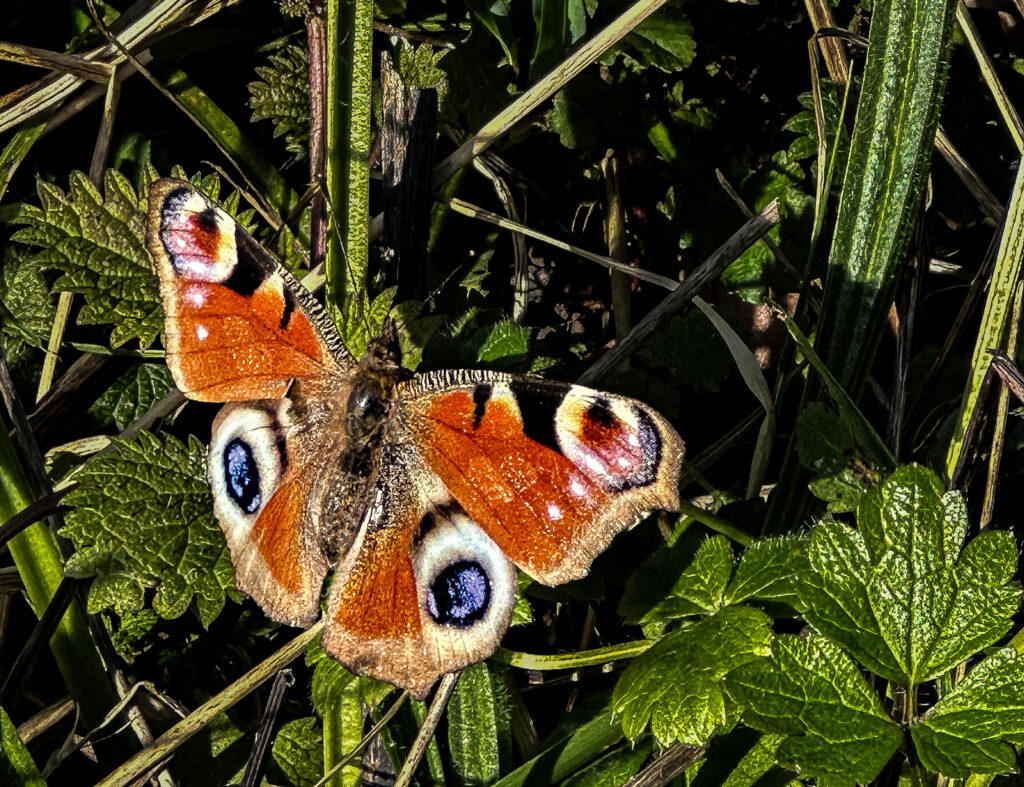
FIREFLY SQUID
Written by: Jenny Choi, Science and Tech Sub-Editor
The Firefly Squid, scientifically known as Watasenia scintillans, possesses a mesmerising adaptation that sets it aglow in the depths of the ocean. This small cephalopod emits a blue-green bioluminescent light from thousands of tiny photophores covering its body, creating a stunning display reminiscent of a starry night. The purpose of this bioluminescence is multifaceted. This adaptation aids them in appearing larger than their actual size, which in turn assists in repelling potential predators. Additionally, this lighting up helps them communicate with potential mates, and decipher the colour patterns that distinguish their squid family. The Firefly Squid’s ability to produce bioluminescence in such a controlled and spectacular manner showcases the fascinating adaptations that marine organisms have developed to thrive in the dark, mysterious depths of the ocean.
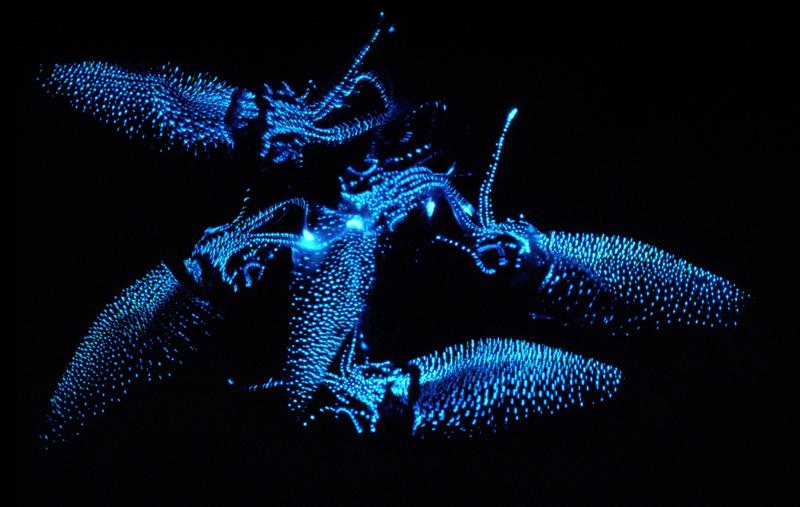
GECKO
Written by: Theo Kelly, Staff Writer
When I was much younger, I owned a crested Gecko. I recall an incident where Jack, my lovely lizard, hopped out of his cage and scrambled straight up a plain white wall before reaching the ceiling. I assumed he would have to stop, but instead, he positioned his body upside down and continued his mad dash for freedom, running along my ceiling. Subsequent to this escape,with Jack safely back in his vivarium, 12-year-old me wasted no time working out how exactly Geckos can so easily traverse across ceilings and walls. The answer, it turns out, is that through the process of evolution, Gecko feet have developed to be made up of millions of hair-like structures known as ‘setae’. Despite not being charged themselves, the setae polarise when in contact with the molecules of the ceiling and using electrostatics, the Gecko can be supported even upside down- allowing them to easily evade predators in their natural habitats.
